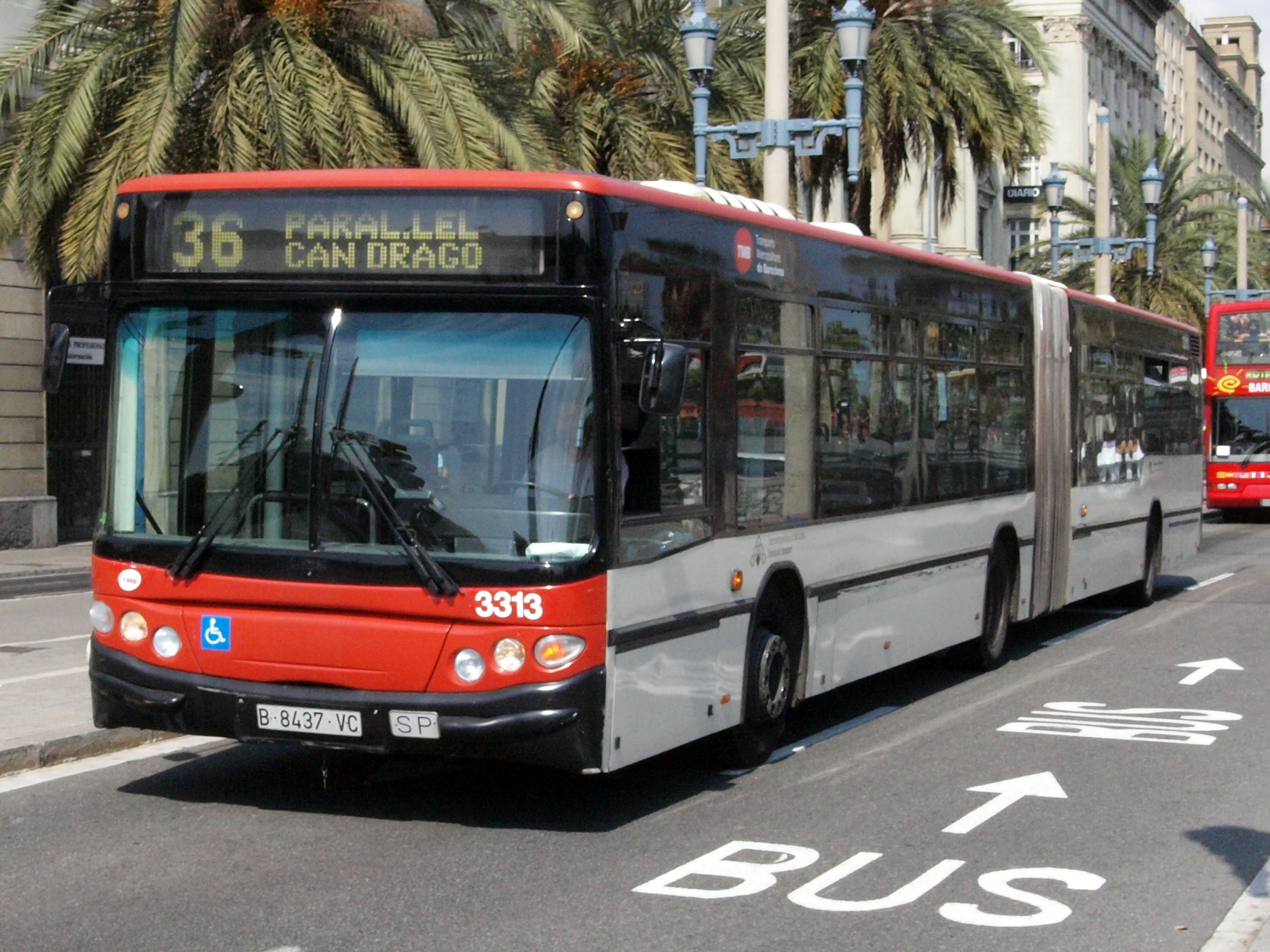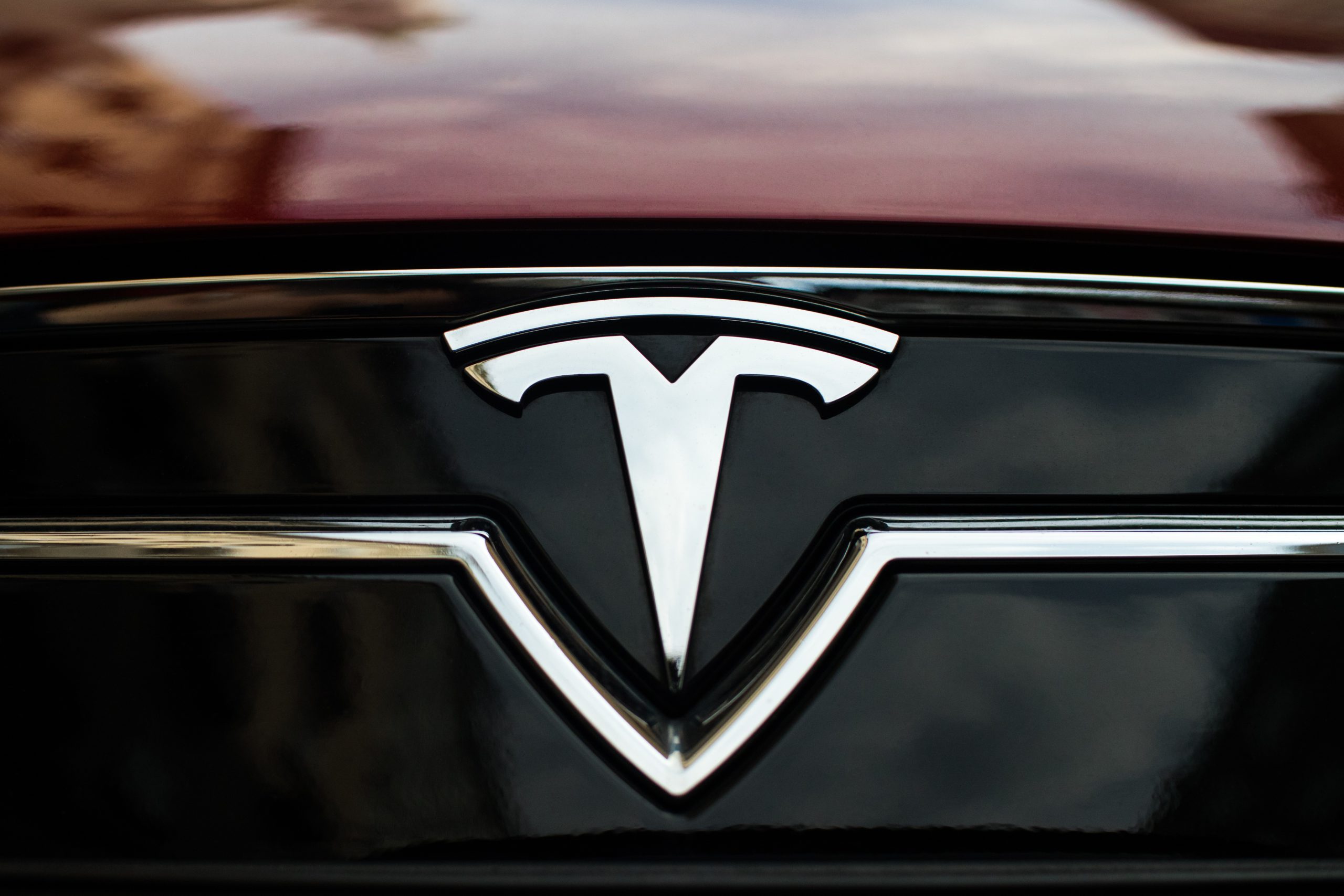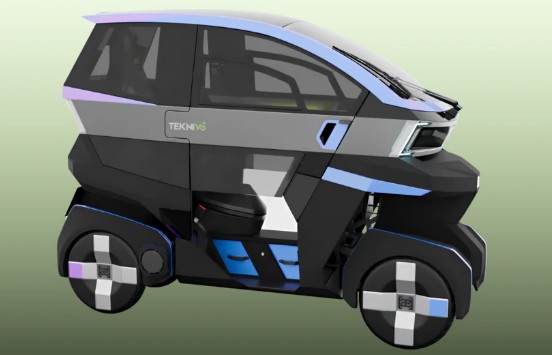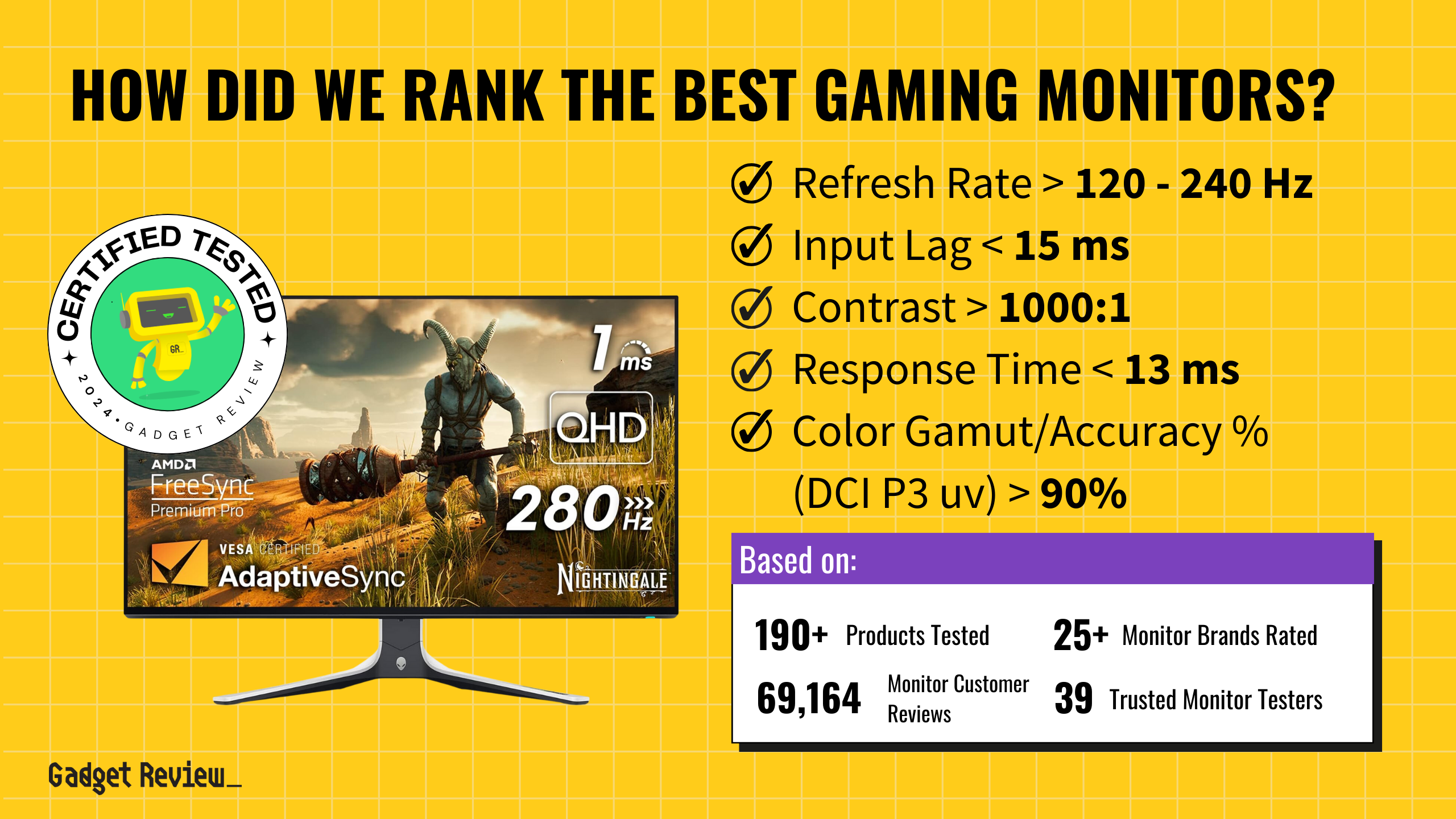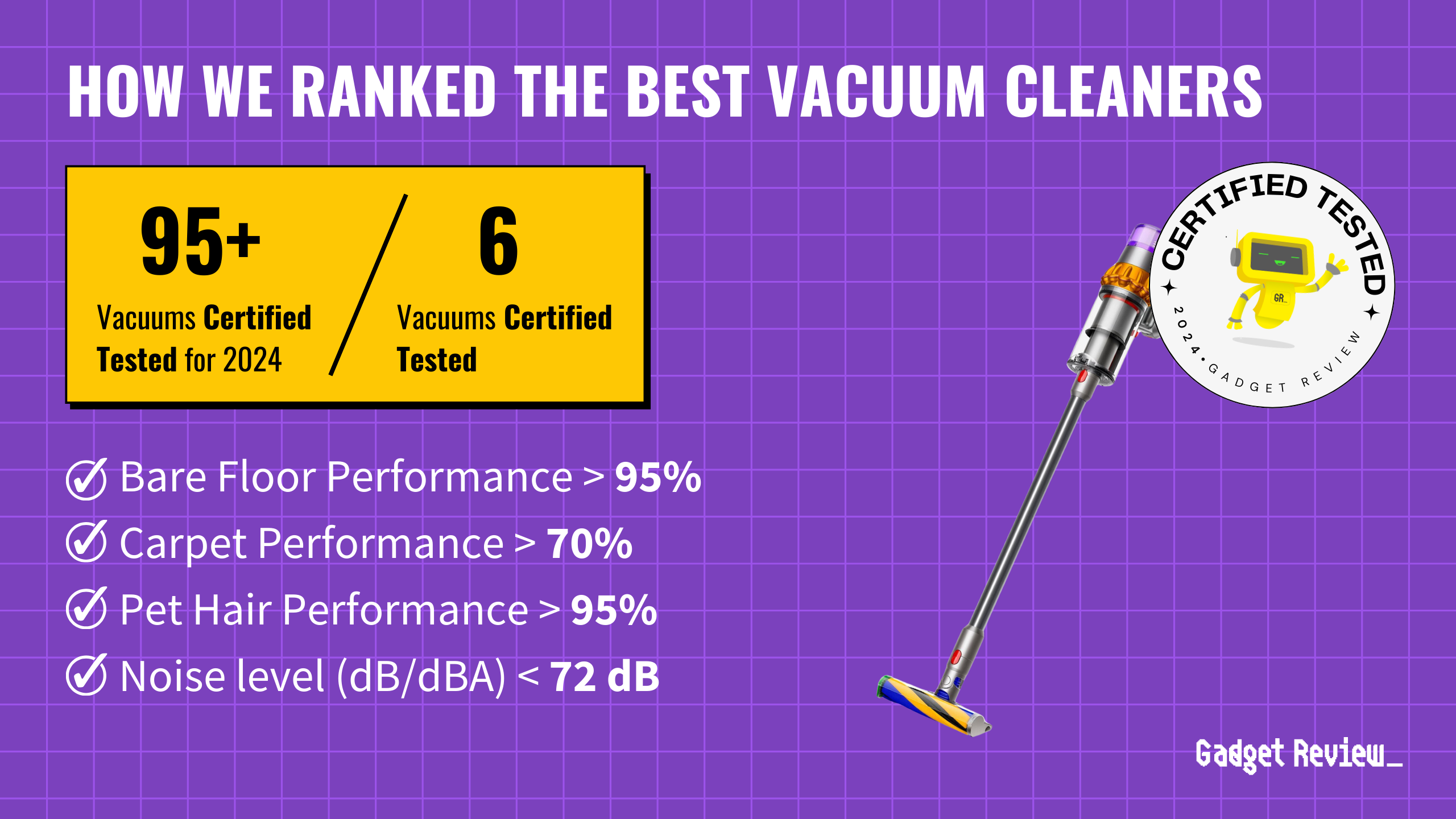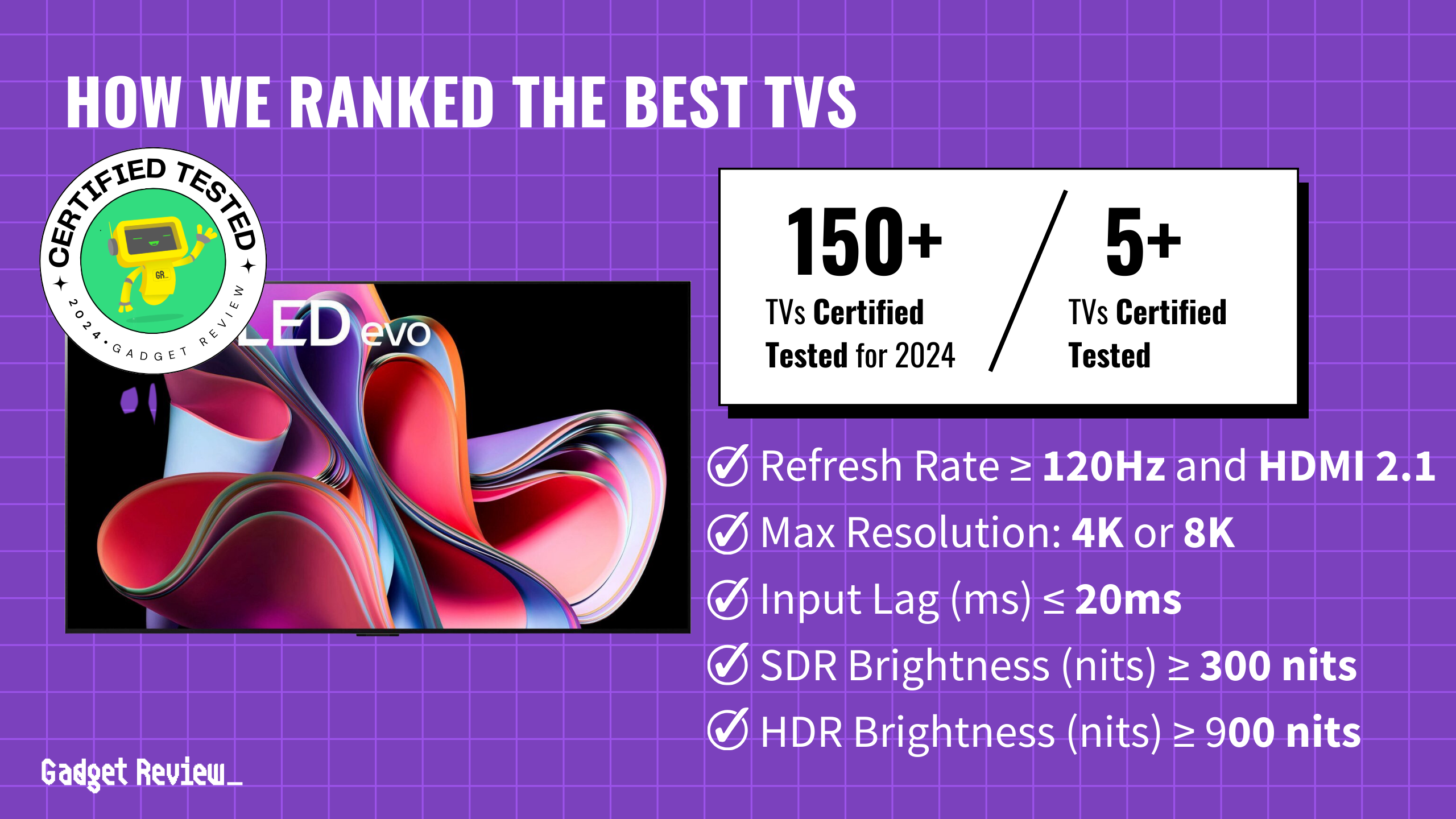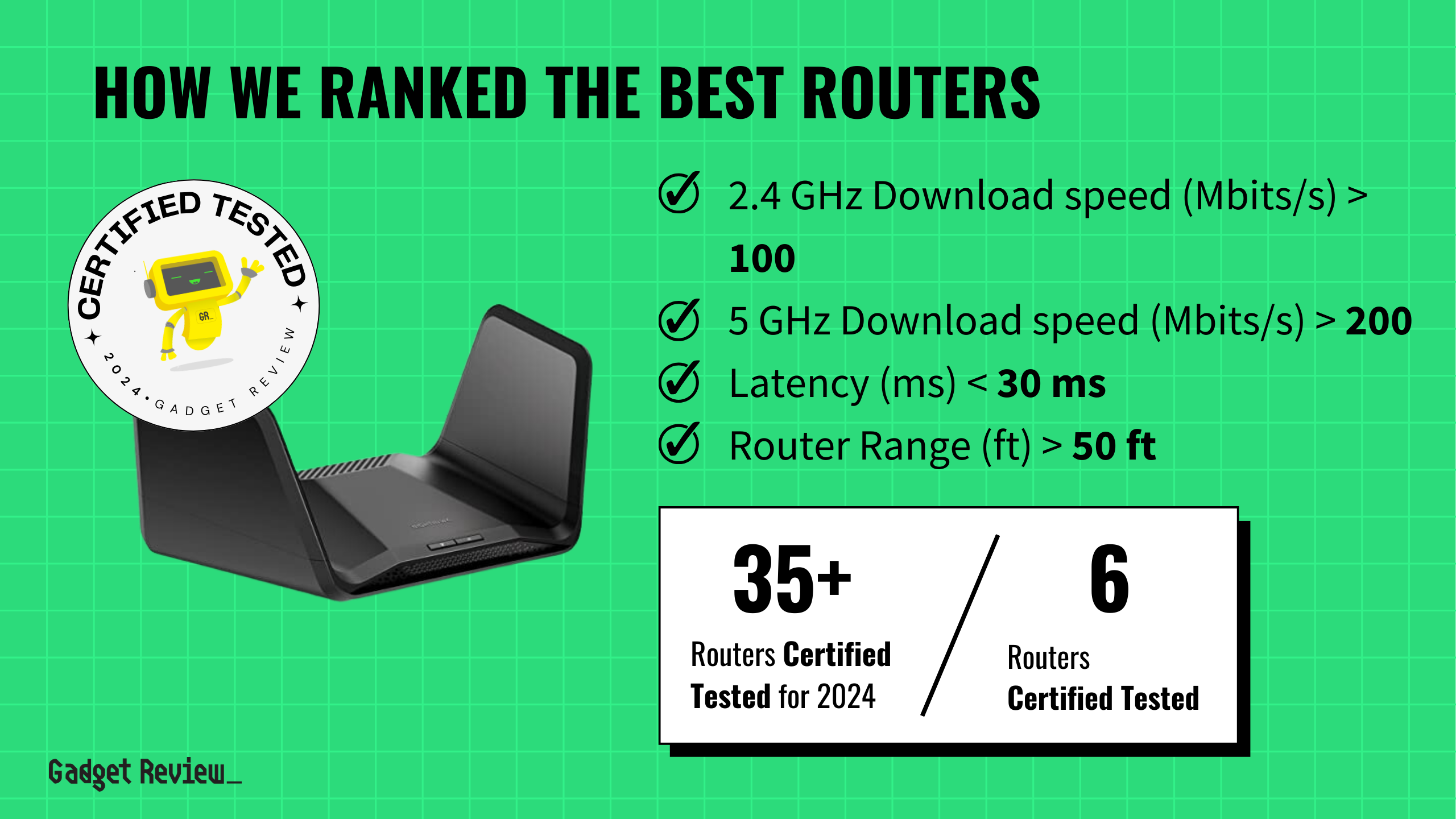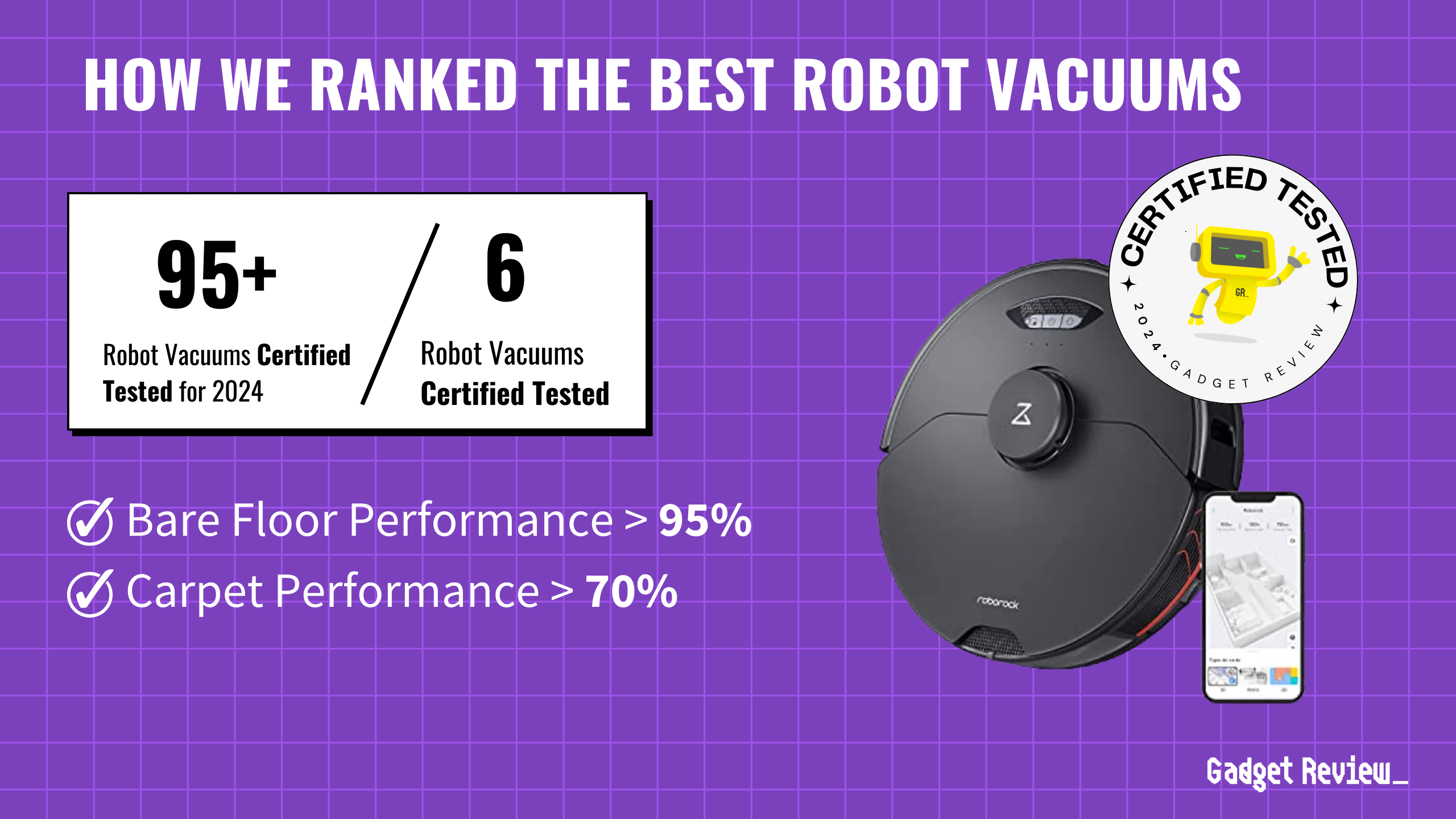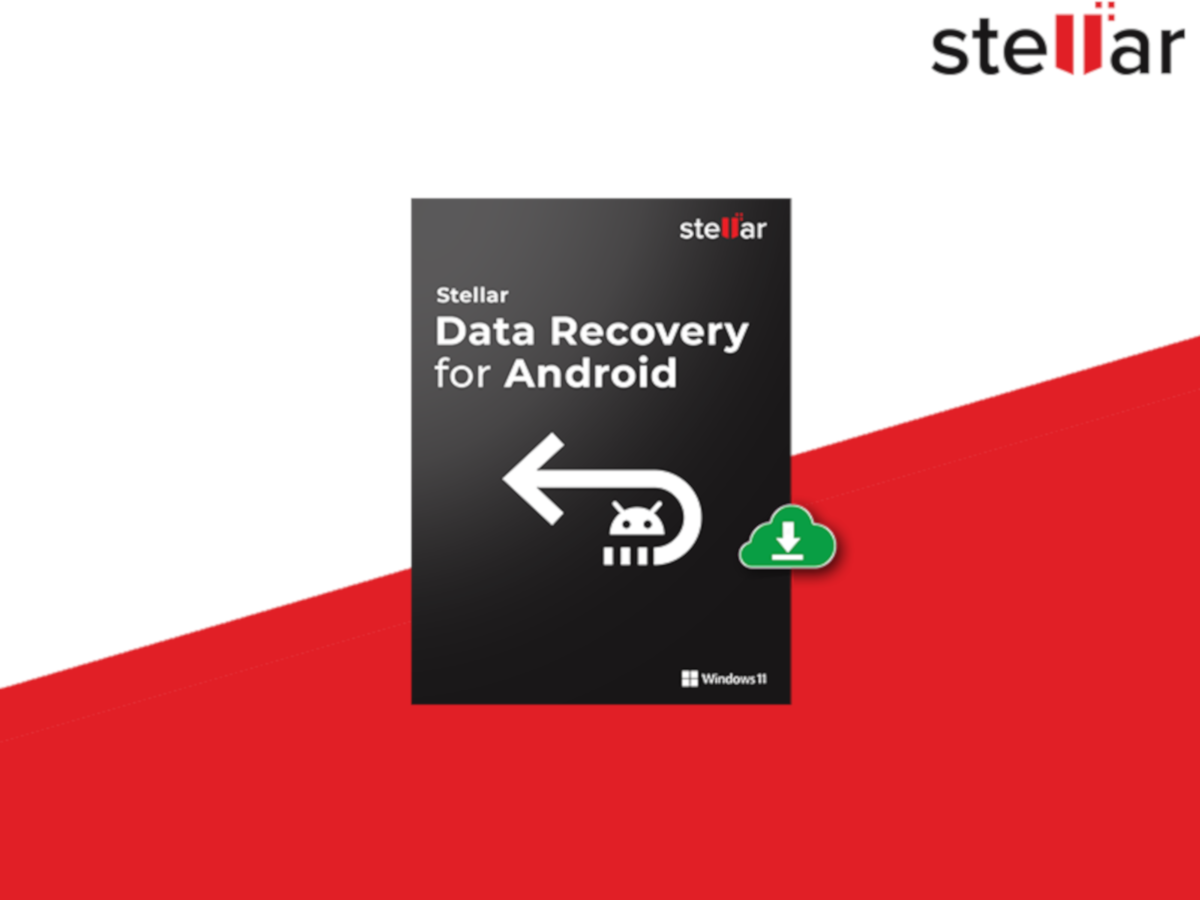While cities struggle with transport emissions, Barcelona quietly powered public transit with sewage-derived biomethane for half a decade.
Urban transport creates a pollution nightmare that electric buses can’t always solve. Range limitations and charging infrastructure gaps leave cities scrambling for alternatives. Barcelona found one in the least expected place: human waste. For five years, the city’s V3 bus line ran on biomethane derived from sewage, proving that municipal waste streams can power public infrastructure without compromising performance or rider experience.
From Sewage to Street Fuel
Converting waste from 1.5 million residents into bus fuel required precision engineering and unlikely partnerships.
The collaboration between Veolia, Barcelona’s transit authority TMB, and the Autonomous University of Barcelona transformed sewage sludge from the massive Baix Llobregat treatment plant into vehicle-grade biomethane. Traditional biogas contains roughly 65% methane and 35% CO₂. Instead of separating these components, researchers combined the CO₂ with renewable hydrogen to convert nearly all biogas into pure biomethane.
At full operation, four cubic meters of sludge per hour generated enough fuel for the V3 bus to travel 100 kilometers daily—turning yesterday’s waste into today’s commute.
Climate Numbers That Actually Add Up
This wasn’t greenwashing—the environmental impact delivered measurable results over five years of operation.
The biomethane system cut greenhouse gas emissions by 80% compared to fossil natural gas while meeting Euro VI emissions standards. Unlike electrification, which struggles with long routes and high-capacity vehicles, biomethane bridges the gap between diesel pollution and battery limitations. You get immediate emissions reductions without range anxiety or infrastructure overhauls.
This approach proves especially valuable for peripheral city routes where charging stations remain sparse and passenger loads demand reliable power.
Riders Embraced the Unexpected
Public reaction shifted from surprise to support as performance matched conventional buses.
“If our excrement is useful for something, all the better!” one rider told Le Monde, capturing the project’s cultural breakthrough. Most passengers discovered the fuel source only when asked, having noticed no difference in comfort, reliability, or—crucially—smell. The initiative transformed taboo waste into community asset, positioning Barcelona as a sustainability innovator while solving practical transit challenges.
This isn’t virtue signaling; it’s infrastructure that works.
Scaling Beyond the Pilot
Success triggered expansion plans that could reshape urban waste management globally.
The SEMPRE-BIO initiative now scales production citywide while the treatment plant regenerates 95% of processed water for agricultural use. This circular approach tackles multiple urban challenges simultaneously: waste disposal, transport emissions, and water scarcity. If proven at city scale, the technology offers megacities worldwide a path toward decarbonization that turns liability into asset.
Sometimes the future smells better than expected.


